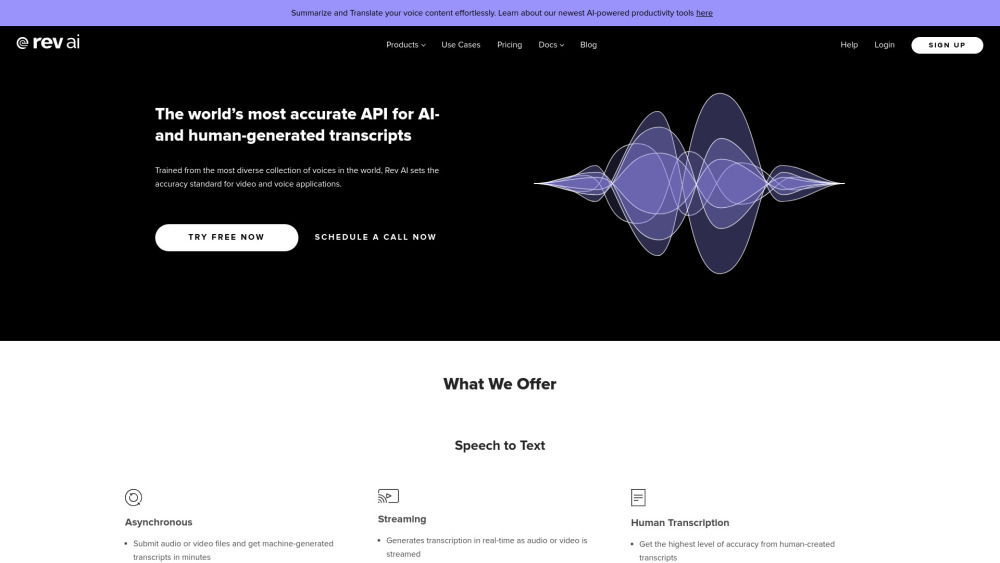The short videos that have you hitting 'like' repeatedly may no longer be entirely crafted by humans. Recently, an AI-generated video featuring “Pikachu at work” went viral, showcasing stunning visuals, fluid movement, and realistic raindrops that rival high-budget animated films. Earlier this year, the sci-fi short series “Sanxingdui: Future Revelation” on Douyin also gained immense popularity, produced entirely by AI content generation. This 12-episode series, each only three minutes long, follows the fascinating story of archaeologists uncovering the mysteries of the ancient Shu Kingdom and quickly garnered 140 million views upon release. This innovation was powered by Byte's video generation tool, Dream, which has since attracted significant market attention.
The proliferation of accessible technology and advanced tools has drastically lowered the barriers to video creation. With the assistance of AI, users have evolved from mere content consumers to active producers, consumers, and owners of content. Consequently, the volume of video content has surged dramatically. Currently, video data is expanding rapidly, with IDC predicting that global data volume will reach 175 ZB by 2025, the majority of which will stem from video content. This trend is set to accelerate further.
In this AI-driven video era, it's essential to recognize that AI is not the only player. Simultaneously, advancements in panoramic live streaming and 3D reconstruction are reshaping the consumption landscape. For instance, AI technology combined with drone-based 3D reconstruction in China's AAA title “Black Myth: Wukong” has allowed for the precise 1:1 recreation of real-world textures and details. This evolution is not only transforming video interaction but also redefining the entire consumption chain.
As we venture into the second act of this AI video revolution, we encounter significant challenges. Unlike the flashy showcases often presented, truly effective products in practical settings remain rarely seen. The gap between the two stems from the complexities of engineering. For example, while industry presentations may feature AI-generated videos showcasing a kitten jumping seamlessly, achieving that simple action in a real-world application highlights a fundamental requirement—content quality and engagement are paramount, outweighing the mere pursuit of advanced AI technology.
On the production front, cost and efficiency have emerged as pressing issues. The competitive landscape for AI video production is now more crowded than ever. Following the release of Sora, a global video AI model, the race in this sector is accelerating rapidly, foreshadowing a highly competitive future in AI-driven video creation.




